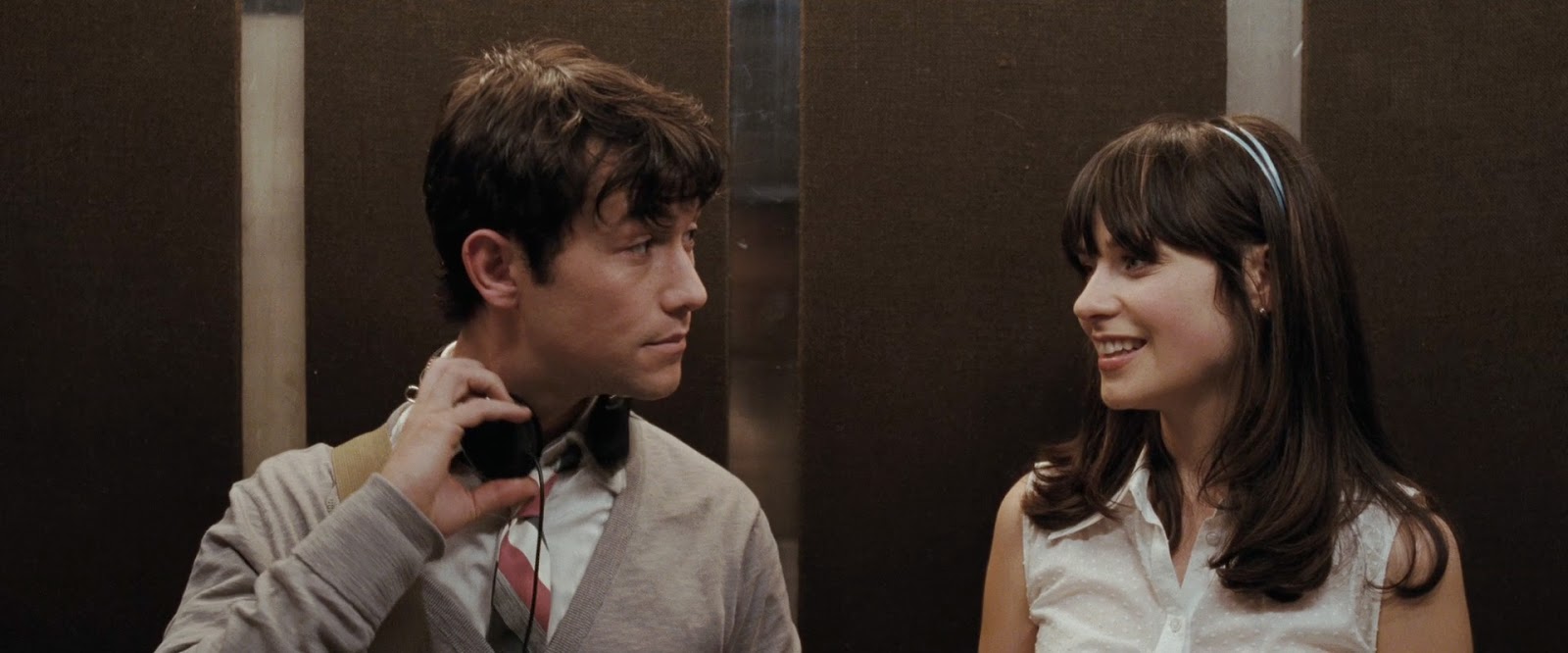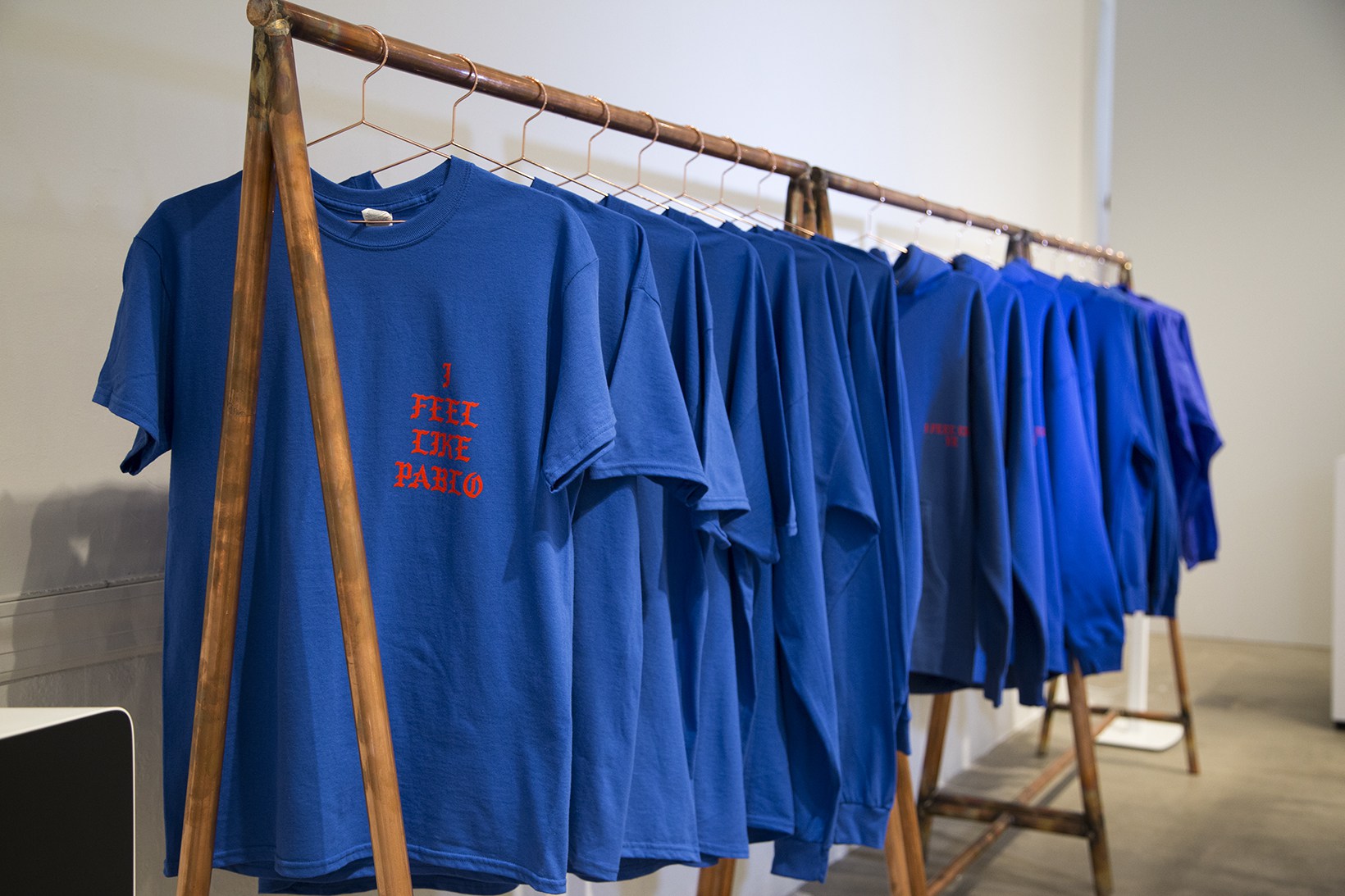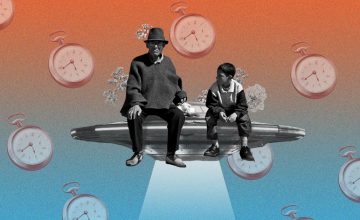By Teresa Naval
Things need to happen so the story can move forward. This is where plot devices come in. Some manage to sustain the narrative, others fall short and fail to suspend disbelief. But, there are quite a few that are trite, outdated, and problematic. The worst part is they often work. Many blockbusters cash in on these techniques because they, ultimately, turn people into spectacle (and everyone loves spectacle!). Here, we break down four of them.
There is only one of everything
Filipino comedies love the gay best friend. The GBF has no role whatsoever except to dish out quotable quips at the protagonist. The GBF exists only when convenient, to throw shade at the kontrabida, or to serve as the ever-loyal source of comic relief. Tension in the air? The GBF will cut through it with a few well-placed jabs! God forbid the GBF, you know, have agency.
Other popular examples include the one black man in a group of white friends (bonus if it’s an action/horror/thriller movie and he’s killed early on to fuel #WhiteGuilt), or the genius Asian sidekick (who has an accent! how exotic!).
Tokenism is a dangerous concept, because these representations aren’t characters themselves. They are used to generalize an entire group of people, who—surprise—is not a hivemind. Tokenism perpetuates the idea that groups of people who aren’t society’s default choice deserve only one watered-down version of the story. Obviously, that’s not true. There is never just one of everything, after all.
Lock, Shock, and Barrel
Acts of violence are often used to make characters more nuanced and complex. While it is important for mainstream media to discuss issues like rape, domestic violence, and childhood trauma, most efforts turn out to be desensitizing and titillating. Violence becomes both spectacle and pornography, under the guise of “moving the plot forward.” Shows like Unreal, Downton Abbey, and Reign have all gone down this path, but for what?
Trauma is not Edgy. Trauma will not make your hero more Interesting. Trauma will not forge a Strong Female Character from the ashes. Not only is using violence as plot device dehumanizing, it’s also lazy storytelling. Really, people, there are other ways to create compelling characters that people will empathize with: struggle, being the underdog, well-written dialogue, a connection with other characters.
Conversely, there are other ways to include violence into the story by tapping into the social context of such acts. Acts of violence should be used as a vehicle for dialogue, to understand the implications of individual or collective actions, not to push boundaries and see how far you can get away in mainstream media.
What’s in the ref?
Another infamous plot device involves the use of injured or dead women to motivate (typically male) characters. This is from the website Women in Refrigerators, in which comic book fans discussed how the dehumanization of women fueled the plot lines of many comic heroes.
Manic Pixie Nightmare
Sometimes, characters exist only to make other characters find the meaning of life! or THEMSELVES! They have no other purpose than to make others become better people. Their most common iteration is the bubbly, quirky woman who wants to uplift the soul of the jaded, bitter man (see cover photo 500 Days of Summer, a movie that tried to dismantle the trope, but it seems that a lot of people still don’t get it.)
The manic pixie narrative is toxic on so many levels. It reduces the manic pixie character into one role, ignoring the nuances that, I don’t know, come with being a human being. It also erases the agency of both parties, since both need each other (and only each other) to become “complete” and the two barely have room to breathe for themselves. (Complete dependency on your partner is not healthy, kids.) Absorbing someone else in the name of love is not really the way to go.
It’s also a cheap blanket solution that further attaches stigma to mental health issues. Character is depressed and has no will to live? Forget about therapy, or medication, or discussions on how the world belittles mental health. A CONVENTIONALLY ATTRACTIVE, CHARMINGLY ODD ROMANTIC INTEREST IS HERE TO SAVE THE DAY! And everyone lives happily ever after.
Backdrop for Growth
AKA the Eat, Pray, Love syndrome.
The premise for this plot device is simple: character goes to exotic locale, meets exotic locals, and leaves with renewed vision in life and many moral lessons Sometimes a love interest tags along. The “exotic locals” are often people of color, or members of a minority or ethnic group. We don’t know anything about the “exotic locals” except that they’re not like our protagonist, and that they exist only as part of the beautiful landscape. They’re no different from the long shots we see of rolling hills or waves or desert animals.
While this is common in western media (through #WhiteGuilt or the white savior trope), we don’t get a free pass, either. The 2015 KathNiel romcom Crazy Beautiful You uses a medical mission in Tarlac as a plot device for Kathryn Bernardo’s character to grow up. It’s exploitative and self-indulgent, but this trope can easily be avoided by treating the “exotic locals” as human characters with their own motivations and dreams and stories. Eat, pray, and love somewhere else.
TLDR: people are not plot devices
Can you replace the token [x] or the ~mystic local~ or the manic pixie dream girl with a magical piece of furniture? If the answer is yes (no matter how reluctant that yes might be), it’s probably time to find another thing to binge-watch during Friday nights.

























Comments